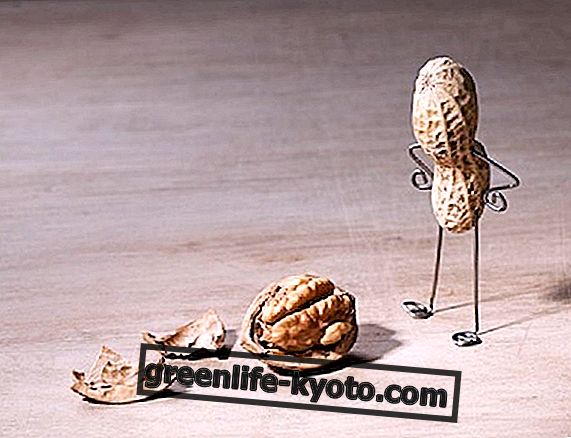
We answer immediately: yes!
Mediterranean anemia has genetic causes and is hereditary, therefore it occurs from birth. Parents can both be " carriers " and not manifest the most severe form.
Fatigue and weakness are, of course, the first strong signals, but in order to make a certain diagnosis, more in-depth examinations are needed. Let's try to understand more.
Hereditary Mediterranean anemia, from birth: the causes
Mediterranean anemia, otherwise called Beta thalassemia, or erythroblastic anemia, is caused by an anomaly of the molecular chains that make up hemoglobin, which is the protein that carries oxygen, placed inside the red blood cells.
There are various forms of Mediterranean anemia, all characterized by a poor efficiency of oxygen transport . Nowadays, even the most severe form, Cooley's disease, can be cured and is no longer lethal.
Hereditary disease, Mediterranean anemia has genetic causes : the genes that control the production of hemoglobin, due to a transmissible defect in the generations, fail to produce the correct molecular chains.
Evolutionary causes must be sought in the ability to avoid malaria : the red blood cells of the thalassemics in fact have a shape and size such that the organism responsible for malaria cannot colonize them.
Mediterranean anemia as a protection against malaria therefore. It is no coincidence that thalassemia is widespread especially in the areas of greatest danger - malaria.
Mediterranean anemia, manifestations and symptoms
3 are the manifestations of Mediterranean anemia, characterized by different genetic causes and by symptoms of different severity : Thalassemia major or Cooley's disease, Thalassemia intermedia and Thalassemia minor.
- Cooley's disease : more severe form of Beta Thalassemia, highly debilitating and requiring constant care and transfusions, for life, with complications related to iron accumulation. The hereditary cause is that both parents have transmitted the "sick" gene. Symptoms appear immediately, between the first and second year of birth : slow development, abnormal enlargement of the skull, especially the cheekbones; jaundice (yellowish color); enlarged spleen; weight gain; enlarged abdomen; drowsiness and abnormal tiredness; dark urine.
- Intermediate thalassemia : it has less obvious symptoms but still compromises normal health conditions . Transfusions will be necessary to improve the quality of life and not indispensable for survival, as in the case of Cooley's disease. The symptoms in this case are similar to those of thalassemia major, but are manifested in a milder manner ; among these we remember: tiredness; weakness; delays in the growth and development of puberty; pallor; skeletal defects.
- Thalassemia Minor : this is the mildest form of Mediterranean anemia, in which hemoglobin does not suffer any particular damage. The real danger for those with Thalassemia Minor is that they are carriers of the thalassemia gene, therefore it can transmit the disease to the children by inheritance. The symptoms are pallor, fatigue, weakness, anemia. There is no need for transfusions.
Mediterranean anemia, hereditary from birth: the diagnosis
The diagnosis of Mediterranean anemia is carried out by the doctor, starting from the symptoms seen above, and by specific laboratory analyzes .
People with thalassemia have smaller and more numerous red blood cells than normal, iron and ferritin higher than normal and pathological hemoglobin parameters.
There are also forms of prenatal diagnosis, which can be carried out during pregnancy, especially in the case of sick parents or carriers of thalassemia. Prenatal diagnosis is carried out by molecular tests starting from amniocentesis or villocentesis, which allow to have DNA samples of the fetus.
As for the Thalassemia minor, the diagnosis is made by routine examinations : a blood count that shows the number of red blood cells higher than the norm and their volume decreased; more detailed examinations will show an increase in hemoglobin HB12.












